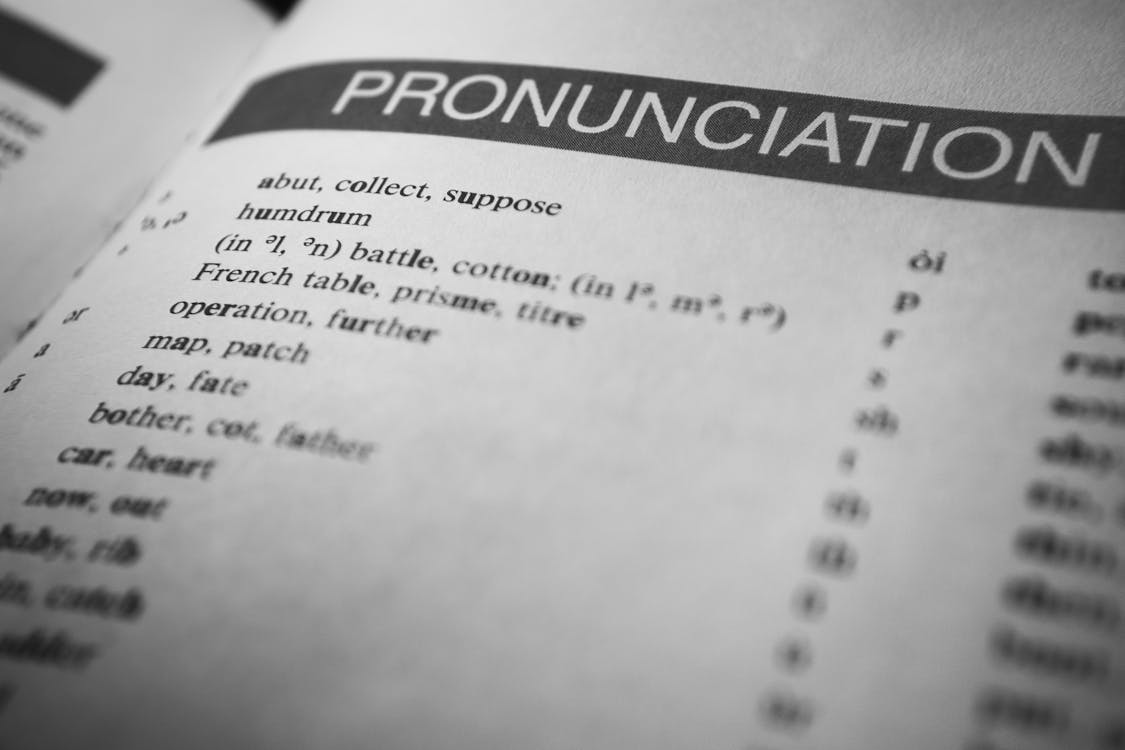One of the most intricate and delicate ways of communication is language. It is more than just a means of disseminating information; it mirrors social, cultural, and historical factors. There are different unique words in every language that is beautiful and rich in culture.
Certain notions are challenging to translate perfectly because words and expressions are frequently deeply rooted in the cultural and linguistic environment in which they are employed. This blog will examine why some concepts are challenging to translate, language barrier, and the difficulties translators encounter in effectively capturing the original meaning and intent.
Cultural Significance
The cultural relevance of some notions is one of the main reasons why perfect translation is unattainable. A literal translation only sometimes captures the full cultural relevance of words and expressions since words and phrases have diverse meanings across cultural boundaries. For instance, the habit of purchasing books but never reading them is called “tsundoku” in Japanese. While having more books than you can read is common in other cultures, the phrase “tsundoku” is distinctive to Japanese culture.
Inuit has different words for snow, including “pukak” for crystalline snow and “qanik” for falling snow, although English has one. Similarly, there are numerous words for snow in the Inuit language, reflecting snow’s importance in Inuit culture. The nuanced aspects of Inuit culture and their relationship with snow, which plays a crucial role in their everyday lives, must be communicated through these words.
Linguistic Nuances
Language nuances are another factor that makes it difficult to translate some concepts accurately. Some words and expressions may have a different equivalent in another language, making them difficult to translate effectively. For instance, the Portuguese term “Saudade” refers to a yearning or melancholy for an absence. Although there are phrases in English like “yearning” or “homesickness” that convey similar feelings, none of them quite capture the distinct emotional and cultural overtones of “saudade.”
Corresponding to this, the German word “schadenfreude” refers to the satisfaction or joy obtained from another person’s misfortune. The expression “taking pleasure in someone else’s pain” is an example of this concept used in different cultures. Still, the word “schadenfreude” has cultural and linguistic connotations that make it challenging to translate adequately.
Translation Techniques

Although translating some topics can be difficult, translators have devised methods to accurately portray the original meaning and intent. So we can better understand the unique words in different languages properly. One strategy is to define the term or expression and explain its cultural or linguistic importance. This method is frequently applied to culturally specific words such as “tsundoku” or “schadenfreude.”
Another strategy is to convey the same message using words or expressions comparable to the target language. For instance, the Portuguese term “Saudade” can be translated as “longing” or “nostalgia,” even though these words fall short of properly expressing the original word’s distinct emotional and cultural meanings.
When translating a word or expression, a word or term, a word or phrase, figurative language uses imagery or metaphorical language use imagery or metaphorical metaphors or imagery or metaphor. The translator may use an equivalent word in the target language to communicate the same meaning as, for instance, the Spanish expression “dar en el clavo,” which means “to hammer the nail on the head.”
Translating Humor
One of the most difficult components of translation is translating comedy. Comedy is typically culturally distinctive, and what is humorous in one culture may not be in another. Also, it can be challenging to translate comedy effectively because it frequently uses wordplay, puns, and cultural allusions.
Translating Legal Documents
Contracts and other legal papers should be translated accurately and carefully. A legal document’s translation error may have serious repercussions, such as breaching a contract or breaking the law. The accuracy of the translation and the right rendering of the legal jargon are also requirements for translators.
Adapting the Expression
Lastly, translators may adapt the phrase to make it more culturally appropriate or understandable in the target language. This strategy is often utilized when a direct translation wouldn’t make sense in the target culture. For instance, the French phrase “coup de foudre” means “lightning strike” but describes the experience of falling in love at first sight. A translator may adapt the expression to “love at first sight” to make the target language more culturally proper and understandable.
Language Barriers to Communication

The language barrier is the difficulty that arise when people who speak different languages try to communicate. This can include differences in vocabulary, syntax, grammar, and cultural and historical contexts. It can impede effective communication and understanding, leading to misunderstandings and mistakes. To overcome this, people can use translation services, language learning, and cultural awareness to bridge the gap and facilitate communication.
Language barriers to communication refer to the challenges that arise when people who speak different languages attempt to communicate with each other. These barriers can include differences in vocabulary, syntax, grammar, and cultural and historical contexts. When language barriers exist, communication can be hindered, and misunderstandings can arise. To overcome these barriers, individuals can use translation services, language learning, and cultural awareness to bridge the gap and facilitate effective communication.
What is the Unique Language?
It can be difficult to pinpoint the most distinctive language because every language has a unique collection of traits that set it apart from others. Other languages, however, are seen as being more distinctive because of their grammar, lexicon, or cultural significance. For instance, Basque is frequently regarded as one of the most distinctive languages due to its isolated origin and lack of ties to other language families. The click-based languages of Southern Africa, including Xhosa and Zulu, are renowned for their distinctive grammatical structures and sounds. A language’s distinctiveness is a matter of opinion and may be influenced by various elements, such as the speaker’s upbringing and cultural perspective.
Frequently Asked Questions
Q: What are some examples of concepts that are difficult to translate?
A: Some concepts that are difficult to translate include cultural idioms, humor, slang, and expressions that don’t have a direct equivalent in another language. For example, the German word “Schadenfreude” has no direct translation in English but refers to the pleasure derived from someone else’s misfortune.
Q: Why is cultural awareness important in translation?
A: Cultural awareness is essential in translation because language is not just a tool for conveying information but is also deeply rooted in cultural and historical influences. Understanding cultural nuances can help translators accurately understand the original meaning and intent and avoid misunderstandings or miscommunications.
Q: How do translators convey a meaning when a direct translation is not possible?
A: Translators use various techniques to convey a meaning when a direct translation is impossible. These techniques include providing explanations, using similar words or expressions, using imagery or metaphor, or adapting the term to make it more culturally appropriate or understandable.
Q: How important is an accurate translation in business?
A: Accurate translation is essential in business because a mistranslation could lead to misunderstandings or cultural faux pas, damaging relationships and business opportunities. Inaccurate translations can also lead to legal issues, especially in contracts or agreements.
Q: What skills are essential for a translator to have?
A: It’s a must for translators to have a deep understanding of the source and target languages and cultures, strong communication and writing skills, attention to detail, and the ability to work under tight deadlines. They should also be proficient in using translation software and other tools.
Cultural sensitivity and adaptability are also crucial for successful translation.
Final Thoughts
In conclusion, some concepts are impossible to translate perfectly due to their cultural and linguistic nuances. Expressions and unique words in every language are often deeply rooted in their cultural context, making a direct translation difficult.
Additionally, certain words and phrases may have a different equivalent in another language, making them challenging to translate accurately. Despite these challenges, translators have developed techniques to convey the original meaning and intent as accurately as possible, such as providing explanations, using similar words or expressions, using imagery or metaphor, or adapting the term to make it more culturally appropriate or understandable.
The complexities of translation highlight the importance of cultural awareness and understanding when communicating across the language barrier. It’s essential to recognize that language is not just a tool for conveying information but a reflection of cultural and historical influences. When communicating across cultures, it’s crucial to be aware of these cultural and linguistic nuances to avoid misunderstandings or miscommunications.
Furthermore, the need for accurate and culturally appropriate translations becomes more critical as our world becomes increasingly globalized. In business, for example, accurate translations are essential for successful communication with international partners and clients. A mistranslation could lead to misunderstandings or cultural faux pas, damaging relationships and business opportunities.
Translation is a complex and nuanced field, requiring a deep understanding of language, culture, and history. While some concepts may be impossible to translate perfectly, translators can use various techniques to convey the original meaning and intent as accurately as possible. As we continue to communicate across language barriers in our increasingly globalized world, it’s crucial to recognize the importance of cultural awareness and understanding in achieving effective communication.

